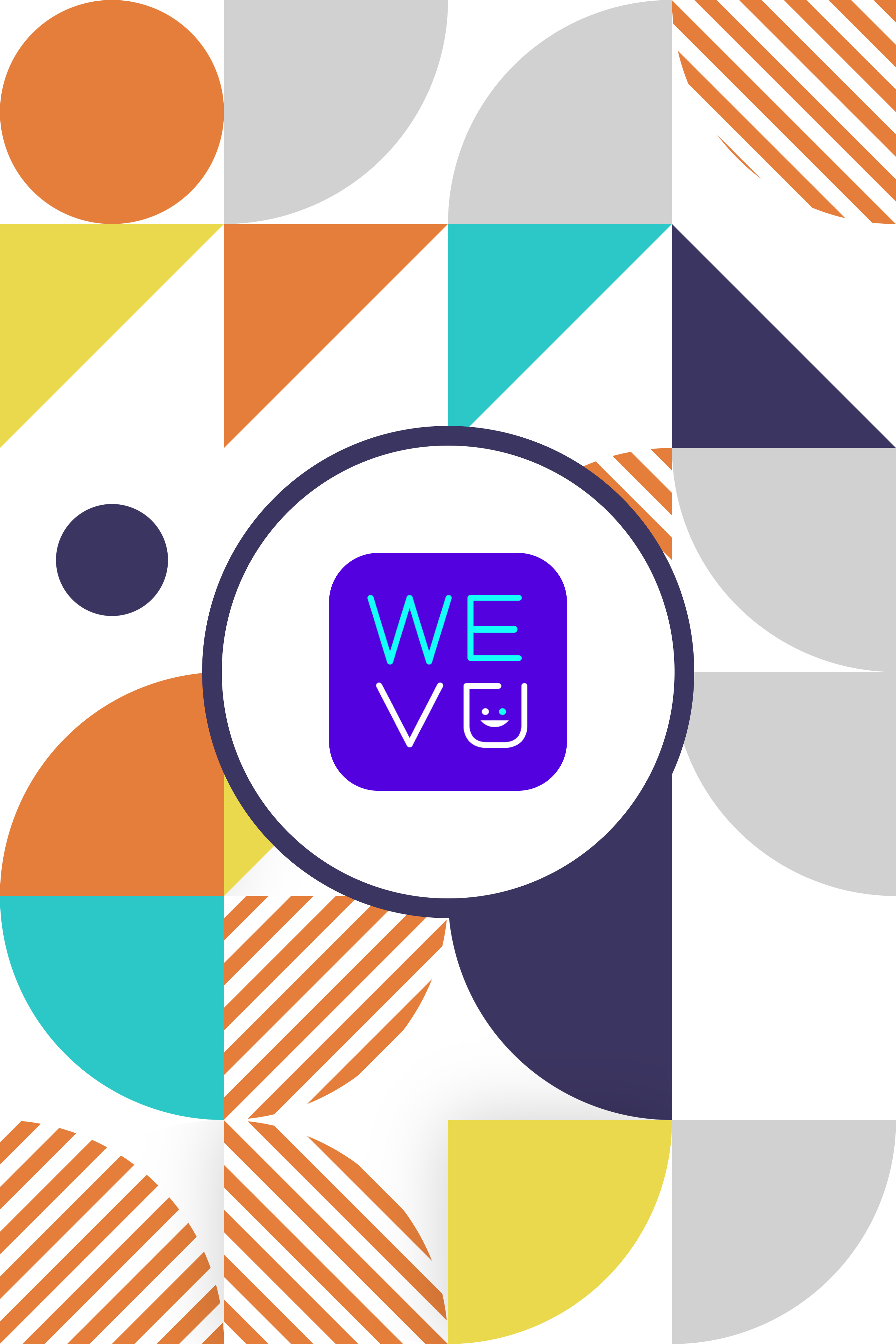
March 8, 2021
The AI Revolution Is Here
Artificial Intelligence will play a role in the creative industries in 2023
How we'll learn to stop worrying and learn to love AI
AI has moved from the laboratory to the marketplace, and there will be impacts on the creative community. OpenAI and Lensa are leading the way with consumer-accessible AI tools that show the power of AI.
OpenAI features three much-discussed AI tools in OpenAI’s ChatGPT and DALL-E NS Lensa AI from Prisma Labs. All three combine to preview how AI will influence the digital experiences we’ll come to know Iin 2023 and beyond.
Even further, OpenAI CEO Sam Altman sees its technology as fueling a revolution in the order of our society. “AI will lower the cost of goods and services because labor is the driving cost at many levels of the supply chain.”
But before we get there, we should evaluate how AI and experience design converge and conflict by discussing the good, the bad, and the ugly of AI and digital experience design.
The Good
AI tools like DALL-E and ChatGPT have the power to enable creativity and solve real business problems. Brands, including this one, have the ability to generate content with exceptional ease. Blog posts, images, videos, and social posts. And as content drives engagement, reducing its costs drives business value.
If you've not played around with DALL-E and ChatGPT, two of the most popular and accessible examples of artificial intelligence, do yourself a favor and take a minute to do so. These are generative AI tools, meaning that you provide a prompt and the tool then responds with content conforming to that prompt.

DALL-E is very usable and displays the power the technology offers. In fact, the images used in this post were created by DALL-E using this prompt: “a sunny sky painted in the abstract expressionist style of Mark Rothko in dark purple and orange.”
Other generative AI tools can create written content such as blog posts and essays. Juice.ai is one of them. By entering just a few key phrases, Juice.ai can generate up to 15,000 cogent and convincing words on nearly any topic and promises to do so without plagiarising any copyrighted material. The articles and posts that AI tools create using ChatGPT and Juice.ai are typically quite good and very hard to distinguish from similar work crafted by real humans. So producing and publishing knowledge at scale must be a positive outcome. But this is where many take issue with the technology: To create new work, AI engines process existing work and much of that work is copyrighted.

The Bad
Technology ethicists contend that in order to repeat the patterns it learns AI is broadly guilty of copyright infringement issues. Even though the work DALL-E produces is not a replica of copyrighted works, it has to process many, many images in order to generate its result. And there is no way to manage the copyrights associated with likely millions of images the AI considers.
Further, there’s nothing preventing a bad actor from generating replicas of existing work directly covered under copyright. While not the expressed use of tools like Lensa or DALL-E, there’s nothing preventing a subscriber from creating and then profiting from work owned by another.
Same with text-based generative AI: While tools like Juice.ai and ChatGPT do not expressly generate exact copies of other work, there’s nothing that would prevent a bad actor from producing work that imitates the work of another for profit. Nor can it prevent scores of students from using it to generate essays and research papers. And similarly, ChatGPT could be used by writers to generate in seconds what would otherwise take them months.
Beyond copyright and authorship issues, ethicists also note that AI-driven technologies echo the biases of those who create them. Studies have shown, for example, that facial recognition technology significantly underperforms when tasked with identifying people with brown skin.
And this is significant because it demonstrates the all-too-human foundations of artificial intelligence. The algorithms that drive AI are designed by people. And in each of us, there are conscious and unconscious biases that shape how we perceive the world.
For experience designers, an awareness of Ai’s capabilities and ethical challenges should serve in assessing one’s moral compass when deciding to use these tools for the benefit of the brands we serve.
The Ugly
At the end of the day, the craft of experience design relies on the ability to marry insight with execution. With each new project we studiously gather information about the people who we expect to use our designs, then we meticulously craft interfaces based on that data. Leveraging generative AI may allow us to forego otherwise lengthy and expensive generative research in which we analyze qualitative data for insight.
If we can simply ask ChatGPT to generate coppy that, for instance, drives conversion on an e-commerce site knowing that the results will have analyzed thousands of similar instances and distilled them all into one example, why would we not?
And we partner with our teammates and clients to rally behind a design solution that we’ve found through testing to be the most efficient. But what if our work is missing something we could not anticipate? Are we answering the right questions within the right context? Is our focus on the penumbra or the shadow?
This is where AI can and will play a role. Insights at a scale previously unavailable will surely impact how we frame a successful design solution. While nothing will replace the value of testing with real people, the ability to predict successful design solutions will surely be improved with the addition of AI to testing protocols.
Takeaways
AI tools including DALL-E, ChapGPT, and Lensa AI show without a doubt that the technology has arrived. As experience designers, we should gain mastery of generative AI tools and use them wisely, attribute their work accordingly, and combine them with traditionally effective methods in our practice.




